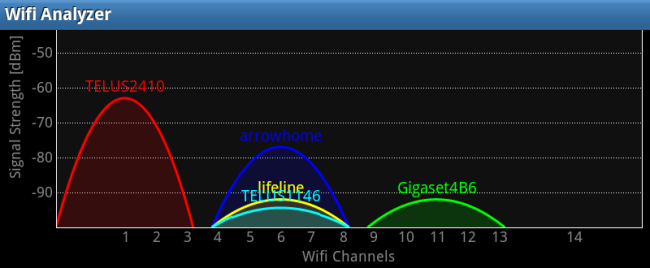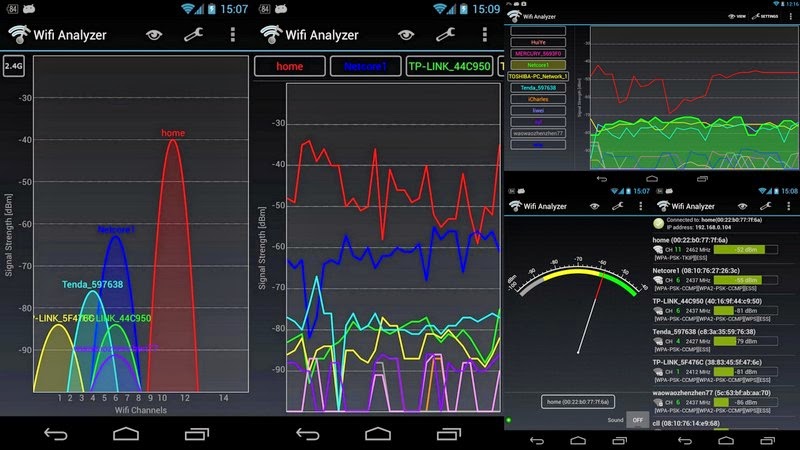

If you’re doing anything else, you’ll want to target -60 dBm and below. Even a connection of -70 dBm will be okay if you’re just doing some light browsing and sending emails. Of course, while these technical measurements of signal strength do help, the real answer to whether your signal strength is good or not is “does it work for what you use it for?”.Ī signal strength of -67 dBm will give you just about what you need, so long as you aren’t streaming in HD or performing latency-sensitive tasks. If you can connect to a network with this signal, you deserve an award. Your signal is likely unreliable to the state of extreme frustration. Not a great signal, unsuited for many tasks. It’ll work for most of your tasks, but likely not perfectly. Here’s where we start to cross the threshold from “good” to just reliable. Starting to get into the “good” territory. You’re probably sitting right next to the router. Here’s what you can expect to see at different measurements (via eyeaas): Outside of the bar system, WiFi signal strength is typically measured in dBm, or decimal milliwatts. Two bars indicate an acceptable level, where you’ll start to see some slowdown, and one bar is likely to seriously affect your connection. Well, in Windows 10, three and four bars represent a good, solid signal. We’re all used to the bar system when it comes to signal, but how low can it get before it starts to seriously affect your connection? We’re going to walk through many options to do just that, but first, it’s worth talking about what defines a good and bad WiFi signal strength.

If you’re experiencing slow internet on WiFi, you may want to check your WiFi signal strength in Windows 10. The kicker, however, is that only stands true if you have good WiFi signal strength. These days, with a good router and wireless chip, your internet speed and latency can get very close to your trusty cable.



 0 kommentar(er)
0 kommentar(er)
